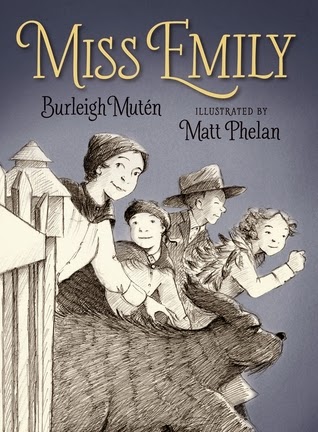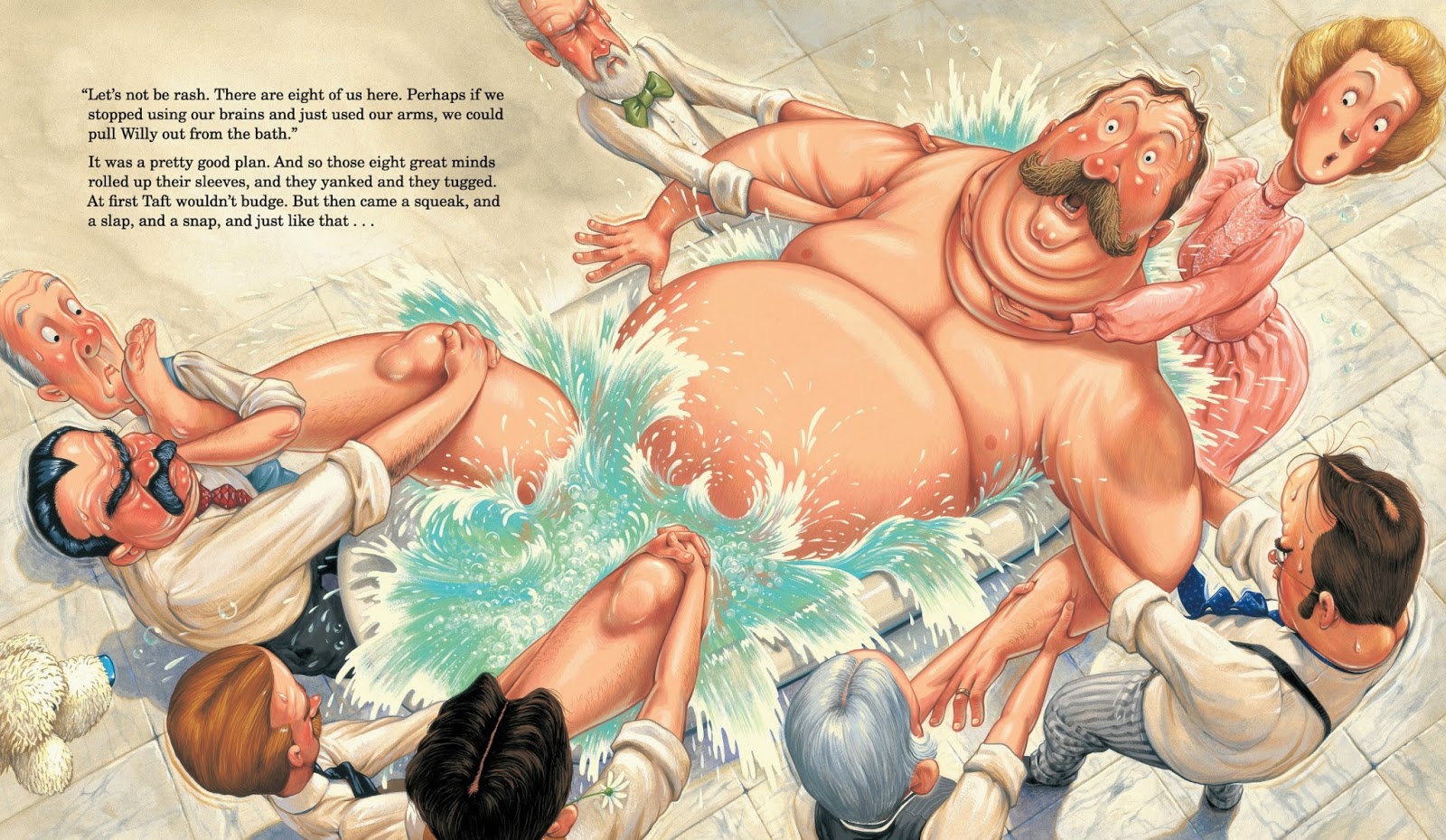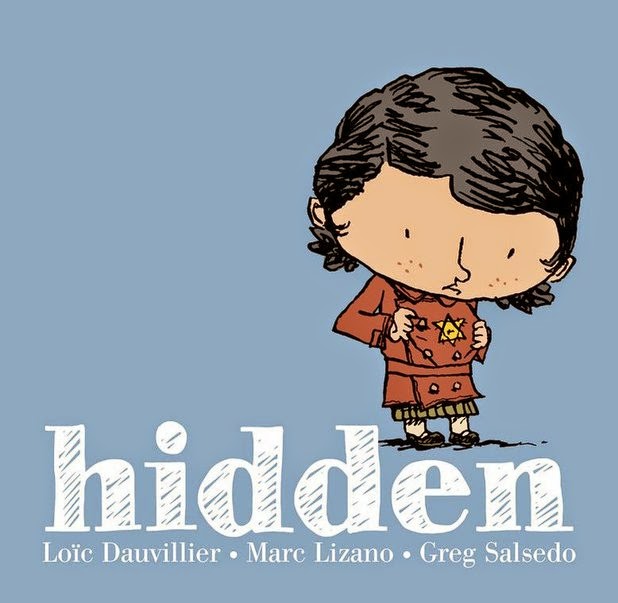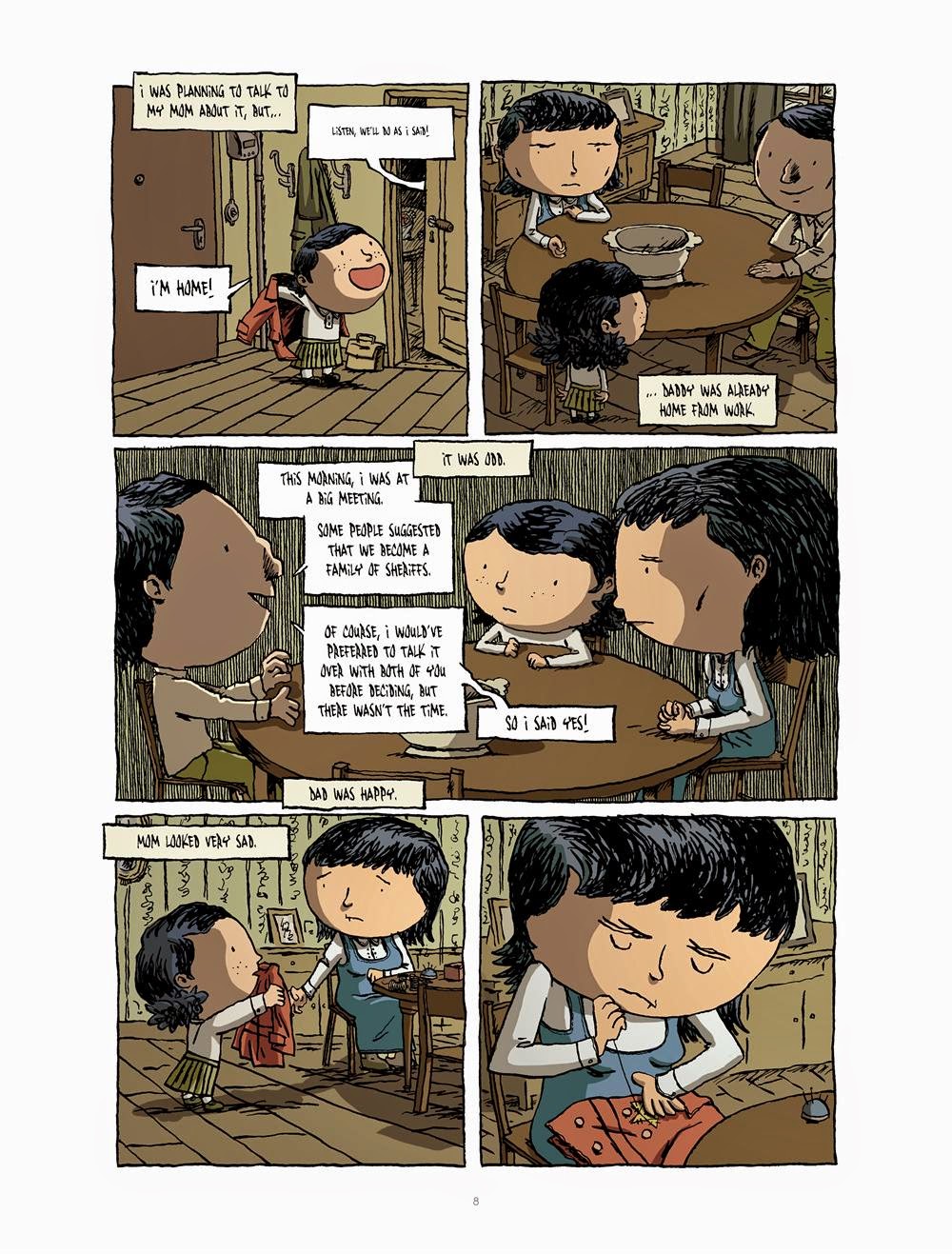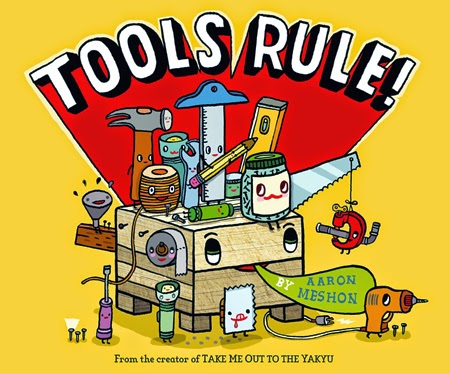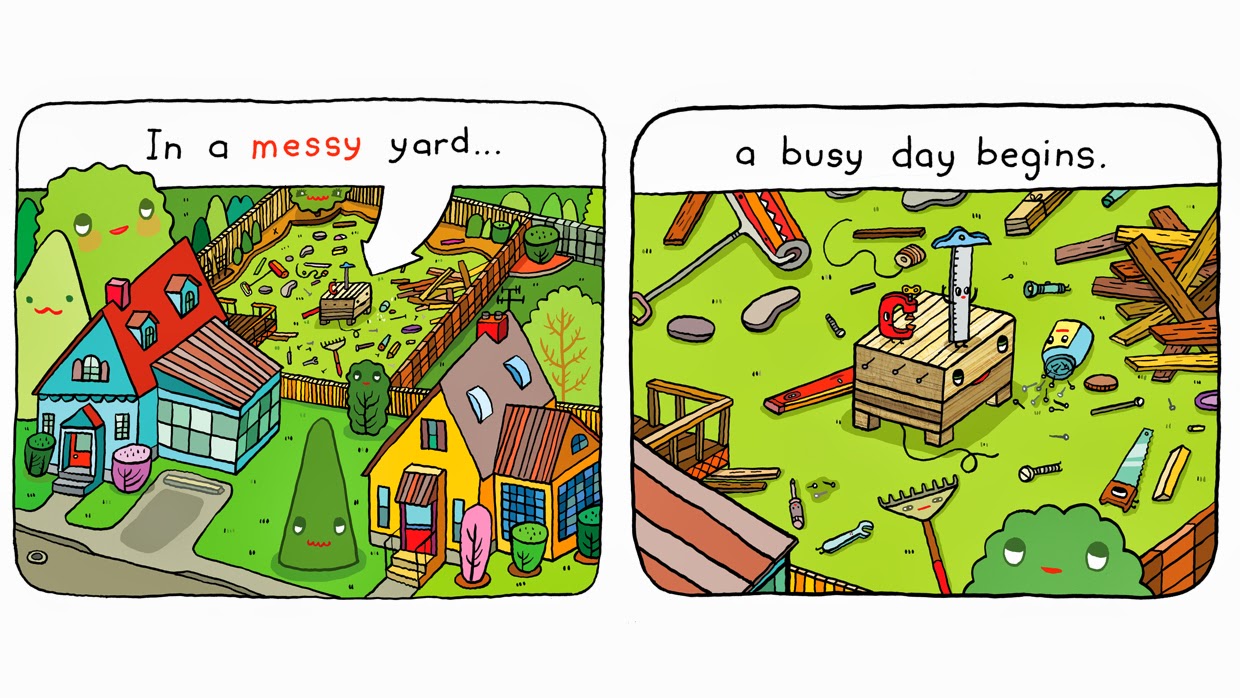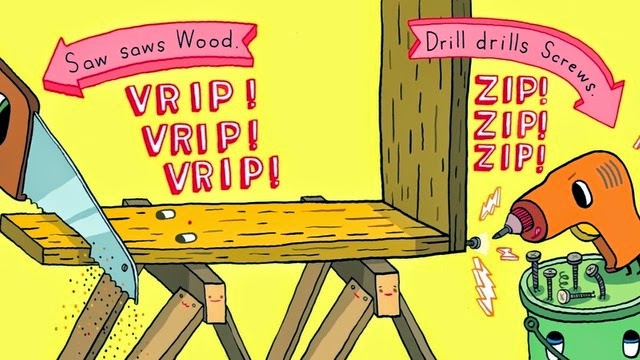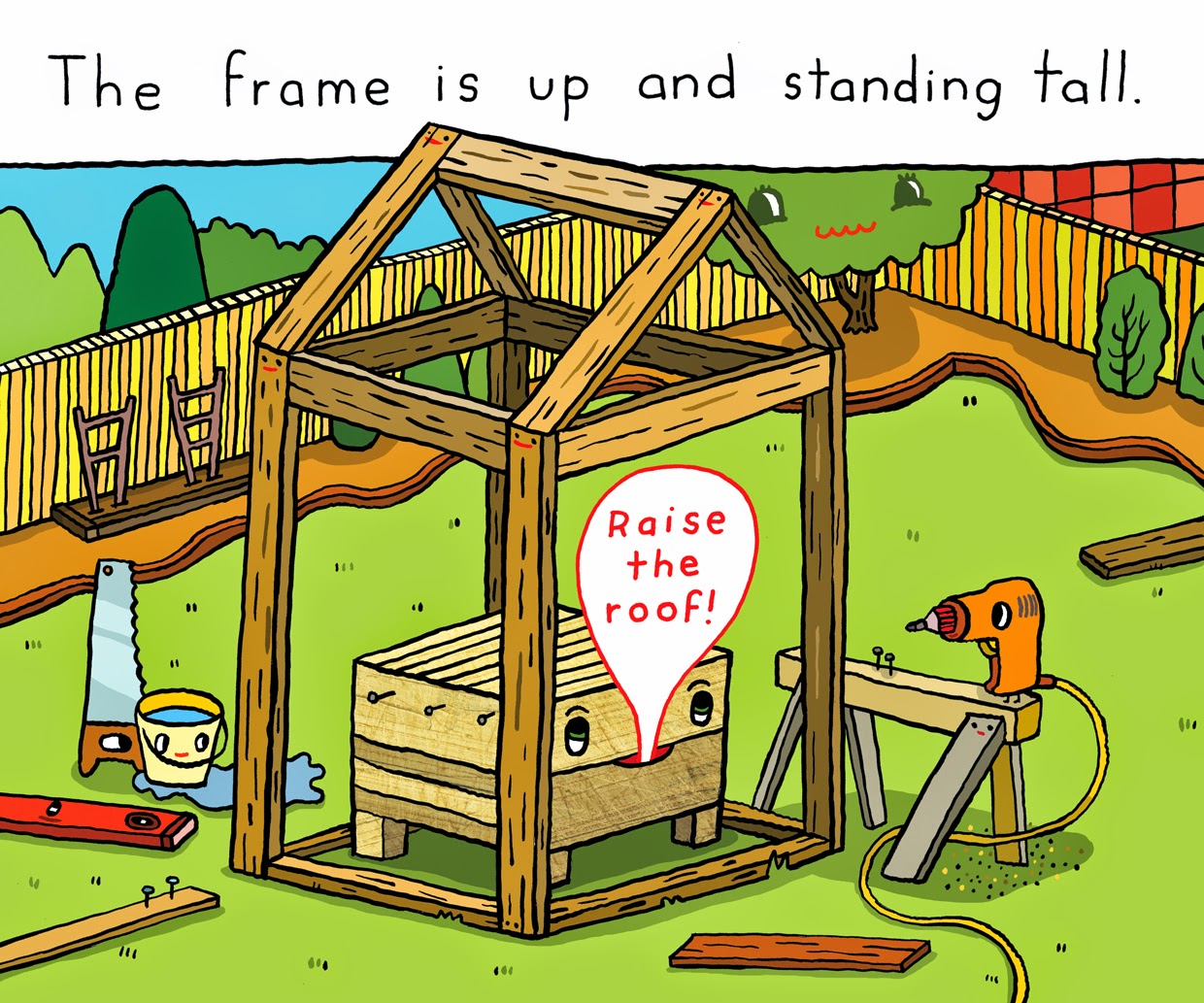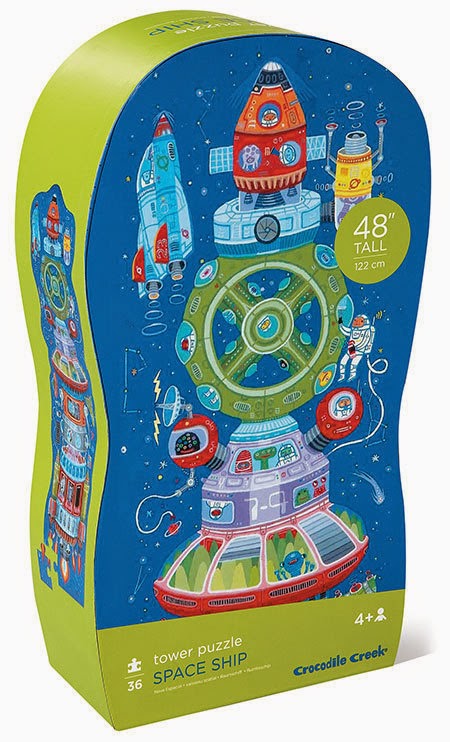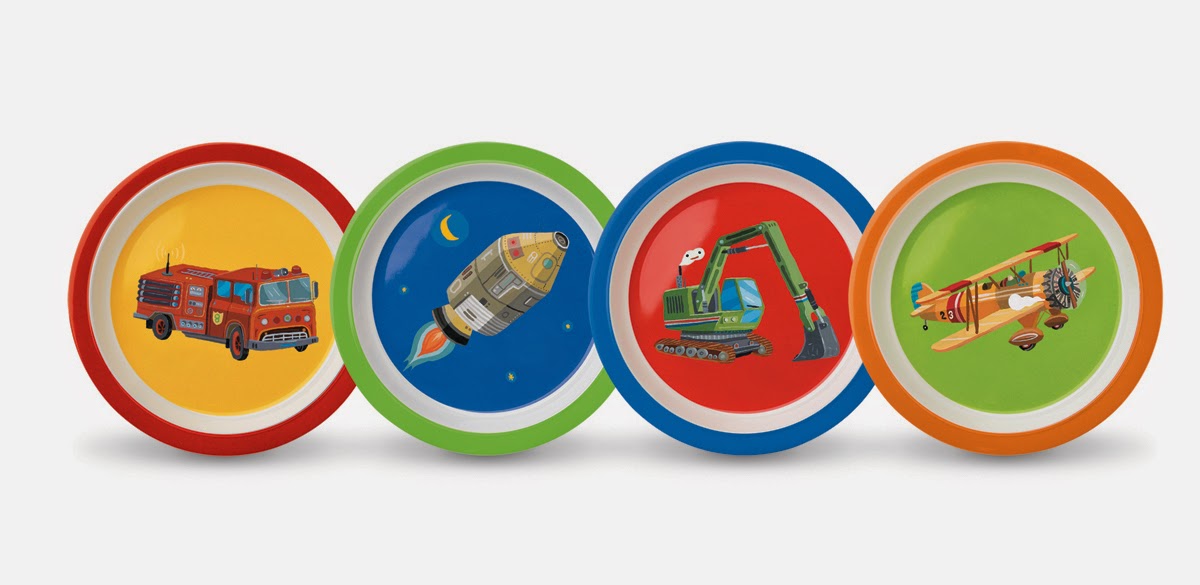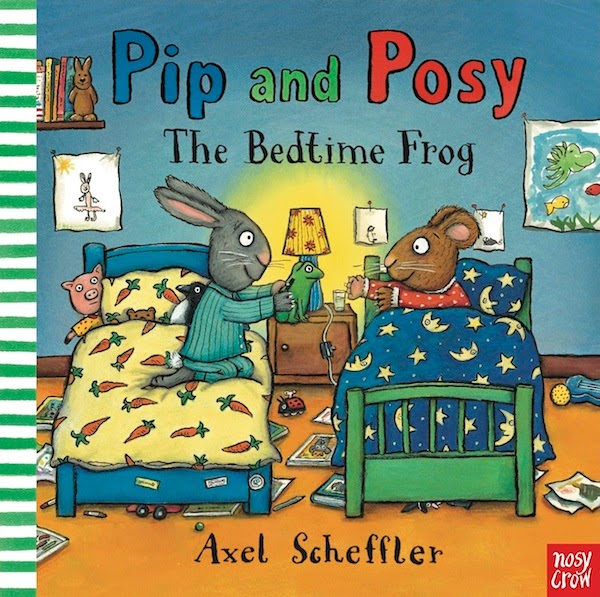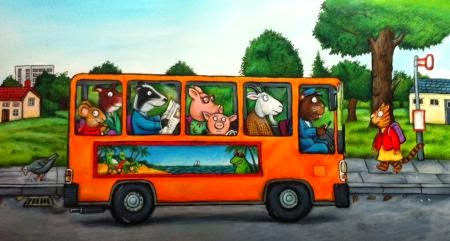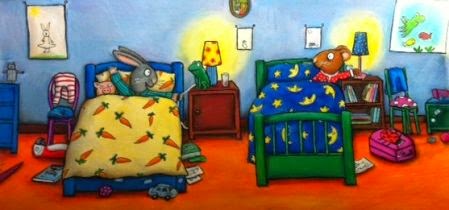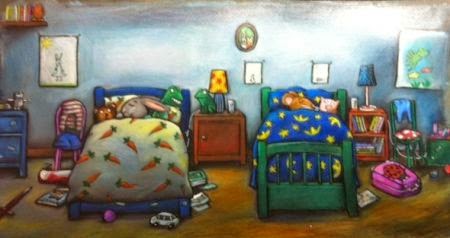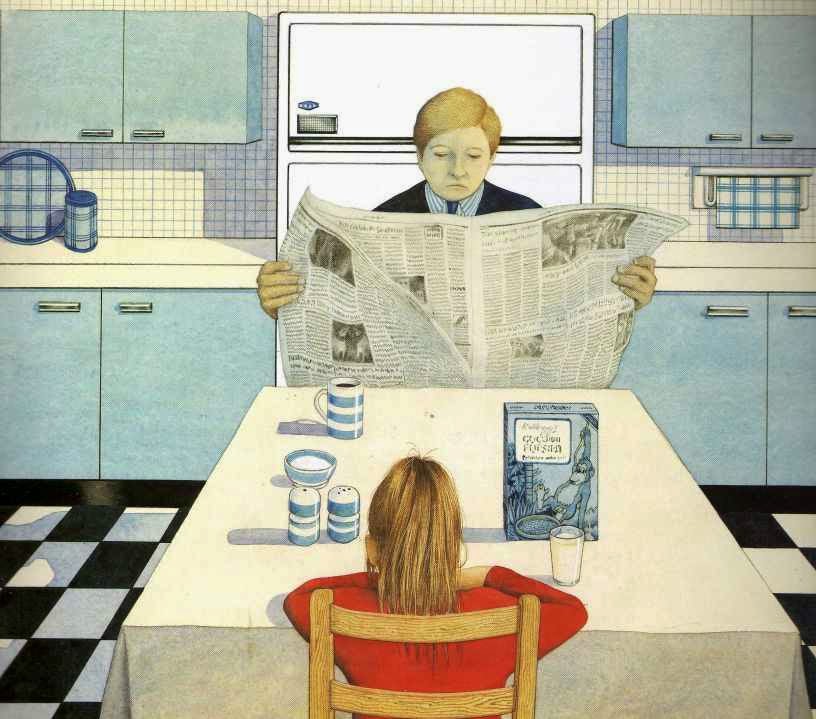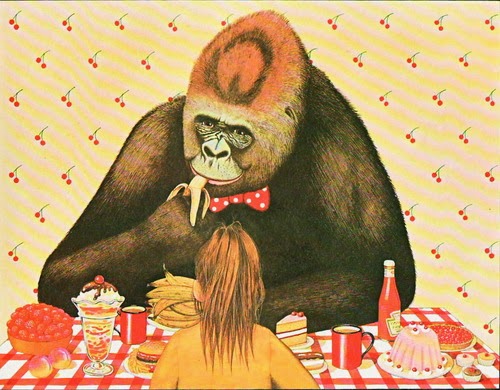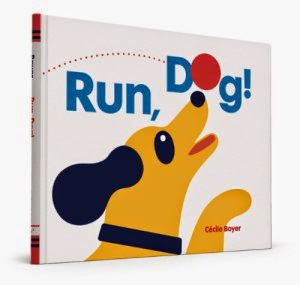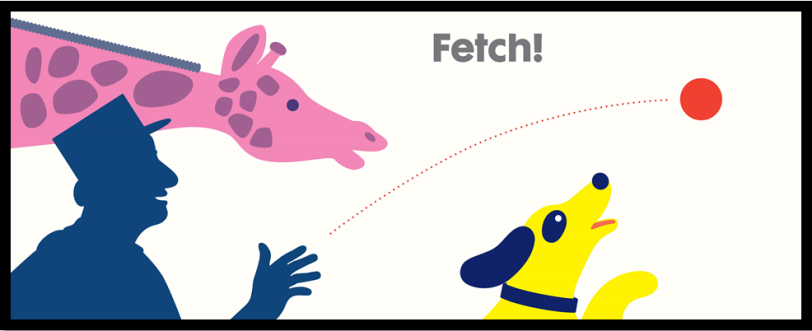Burleigh Mutén, children's book author, member of the Emily Dickinson International Society and volunteer at the Dickinson Homestead, seems perfectly poised to bring us Miss Emily, a verse novel that weaves historical, biographical and poetic threads throughout the story of a nighttime adventure among friends. Add to this the wonderful illustrations of Matt Phelan and you have a beautiful, exciting novel that straddles the worlds of poetry, history and biography.
To set the story and give context to the appearance of the recluse, Emily Dickinson, Mutén begins Miss Emily with an introduction and a list of the main characters and their stage names. The star of the show, MacGregor Jenkins, is the son of the pastor, brother of Sally and neighbor of the Dickinsons - both Emily, residing in her childhood home, known as the Homestead, and Ned and Mattie Dickinson, children of Emily's brother, Austin, residents of the Evergreens, a home built next door to the Homestead for Austin and his wife after they married. Mutén lets readers know that, "long after Miss Emily had withdrawn from Amherst society to live a private life, she continued to enjoy the imagination and playful company of her young readers." It is from this fact that the story in Miss Emily unfolds.
Miss Emily begins with a meeting in the garden amongst friends, young and old, where Miss Emily informs her companions, after trying to reveal the information in a riddle, that the Great Golden Menagerie and Circus is coming to town. She proposes that they become the Gypsies of Amherst and sneak out to see, "the gypsies of our clan, / the ones who travel far and farther / than we Amherst gypsies can."
They meet at the appointed hour, disguised in their best gypsy costumes, and Miss Emily names them all, dubbing herself Prosperina - Queen of the Night. Ned becomes Señor Ranchero, a daring horseback rider. Mattie is Miss Swiftly, the "world-renowned half-bird, half-girl / from the Amazon Jungle!" And Mac becomes Boaz the Brave, known for his courage and kindness in the face of "Incomparable Danger!" They head out into the night, Prosperina giving them the beginnings of a fantastic story about John Bill and his talking horse Edward, who dreams of flying, before the circus train arrives. The gypsies see a tiger, a two-horned rhinoceros, an elephant and more amazing sights as they pass by. They even meet Miz Rozalia, the fortune teller, who reveals to Mac after examining his palm, that he will have a good, long life and grow up to write books!
The journey home results in an injury for Mac that also means his secret adventure is no longer secret. A sprained ankle brings a heartfelt apology from Miss Emily to Pastor Jenkins and assurance that she was the ringleader. But, Mac is still confined to bed, both from his injury and as a punishment. But, Miss Emily and Pastor Jenkins have surprises in store for the invalid, including the ending to the story of John Bill and Edward.
Mutén includes actual lines from letters Miss Emily wrote to the children in her life, including the lines, "Please, never grow up, which is far better. Please never 'improve;' you are perfect now," and ends her story with a poem by Dickinson that perfectly closes the gentle (by today's standards) adventure:
We never know how high we are
Till we are called to rise
And then if we are true to plan
Our statures touch the skies.
My favorite part of Miss Emily? She delivers her poem after she has presented herself, in the guise of Queen Prosperina, turban and all, at the edge of the barn loft for the finale of the Greatest Show of All, put on by the Amherst gypsies. Miss Emily, the Belle of Amherst, takes a running jump off the edge of the loft, "holding the thick barn rope / in her grasp as she swung / her stockinged legs up / and around the rope, / out into the air above." Even if it never happened, the image of Emily Dickinson swinging on a rope in a barn, is a fantastic one. Hope may be the thing with feathers, but Emily, as portrayed by Burleigh Mutén, has wings.
Source: Review Copy
